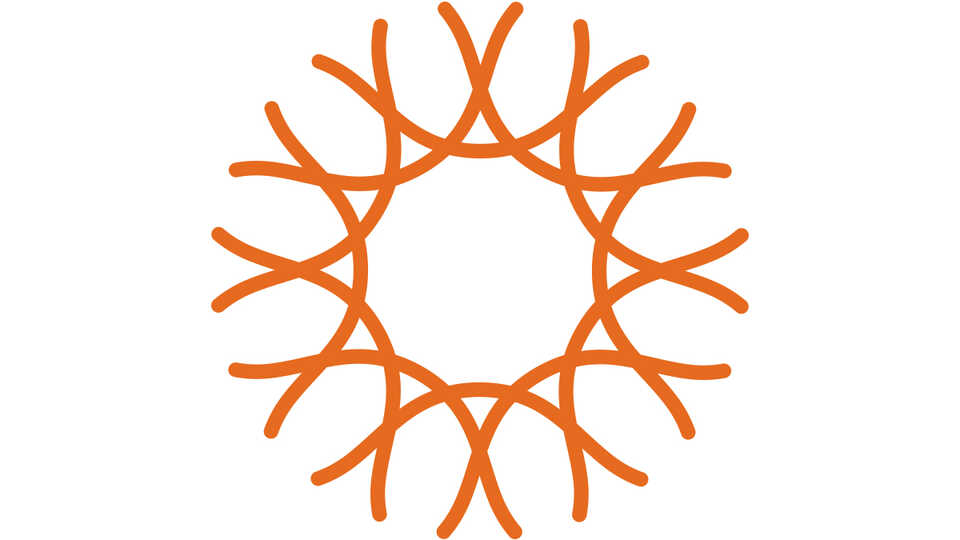Academy Scientist Brian Fisher found new endemic ant on Mauritius, helped halt plans to disrupt last remaining ant habitat

SAN FRANCISCO (January 31, 2006) – Located just east of Madagascar, the island of Mauritius has suffered a long history of resource exploitation, habitat modification, and extinction – the most famous example of which is the extinction of the dodo. The last dodo disappeared in 1681, about 80 years after humans first arrived on the island. Since then, a number of other species have followed. Most of the dense Mauritian forests have been converted into plantations, and habitat modification has reached almost every corner of the island. In addition to logging, humans have dramatically altered the Mauritian environment by introducing invasive plant and animal species, including aggressive invasive ants. In 1974 and again in 1990, scientists conducting research in Mauritius commented on the alarming difficulty of finding native ant species. In May 2005, Academy entomologist Brian Fisher conducted an ant survey on Mauritius to determine how many native ant species still survive on the island. He found just 18 native species, including one that was new to science (Discothyrea berlita). Nine of the native ants are endemic to Mauritius, meaning they cannot be found anywhere else on Earth. All nine of these endemic species are found exclusively on mountaintops, presumably a result of the widespread destruction of the island’s lowland forests.
The new species Fisher found, Discothyrea berlita, lives only in a small patch of forest, less than one hectare in area, on the southeast face of a mountain named Le Pouce. This peak, which is located north of Port Louis in the northwest corner of the island, captures moisture from the prevailing wind and clouds, resulting in the presence of native cloud-forest there. At least six other endemic ants also inhabit the Le Pouce cloud-forest. Even on this isolated mountaintop, however, invasive plants have taken root. Not surprisingly, the presence of these non-native plants poses a threat to the forest’s native biodiversity by impeding the regeneration of native plants. Thus, the Mauritius Forestry Service made plans to “weed” the patch of forest on Le Pouce, removing all of the non-native plants.
Unbeknownst to the Forestry Service, this plan would have been disastrous for D. berlita and the other endemic arthropods that inhabit the forest. Fisher, however, had seen the effects of weeding practices in other parts of the island and foresaw devastating side-effects. The active removal of large numbers of invasive plants creates sizeable areas of bare soil and understory – a disturbance that facilitates the establishment of invasive ants. Fisher had collected invasive ants around the outskirts of the Le Pouce forest and knew that if they were given an opening, these species would rapidly invade the native ant sanctuary. Once established in their new territory, these invasive ants would be virtually impossible to eradicate.
On January 12, 2006, after his paper about the new Mauritius ant was published in the Proceedings of the California Academy of Sciences, Fisher contacted the Mauritian Wildlife Foundation and shared his concerns about the weeding program that had been proposed for Le Pouce. He suggested an alternative strategy for increasing native plant regeneration on Le Pouce – a proposal that included planting a belt of native trees around the existing forest patch, such as Nuxia verticillata, which is home to four different species of native Mauritius ants. On January 17, the Mauritian Wildlife Foundation contacted Fisher to confirm that the Forestry Service had revised their management plan based on his recommendations.
Conservation management decisions are not easy or straightforward under any circumstances, especially in places that have suffered as much habitat disruption as Mauritius. In the past, conservation decisions on Mauritius have been tailored to benefit bird and plant preservation, largely because very little has been known about arthropod distribution on the island. However, it is now clear that ants and other arthropods should also be considered during conservation planning in order to maximize biodiversity preservation.
The Institute for Biodiversity Science and Sustainability at the California Academy of Sciences is at the forefront of efforts to understand two of the most important topics of our time: the nature and sustainability of life on Earth. Based in San Francisco, the Institute is home to more than 100 world-class scientists, state-of-the-art facilities, and nearly 46 million scientific specimens from around the world. The Institute also leverages the expertise and efforts of more than 100 international Associates and 400 distinguished Fellows. Through expeditions around the globe, investigations in the lab, and analysis of vast biological datasets, the Institute’s scientists work to understand the evolution and interconnectedness of organisms and ecosystems, the threats they face around the world, and the most effective strategies for sustaining them into the future. Through innovative partnerships and public engagement initiatives, they also guide critical sustainability and conservation decisions worldwide, inspire and mentor the next generation of scientists, and foster responsible stewardship of our planet.
Press Contacts
If you are a journalist and would like to receive Academy press releases please contact press@calacademy.org.
Digital Assets
Hi-res and low-res image downloads are available for editorial use. Contact us at press@calacademy.org to request access.